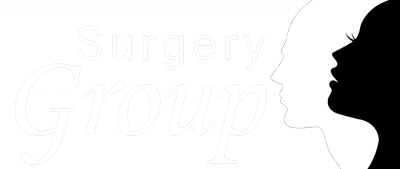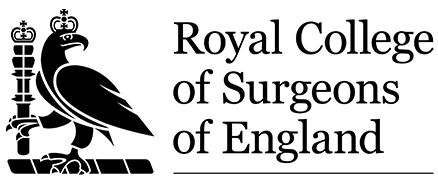Why are men having beard transplants?
Hair transplants have now almost become the norm. Many celebrities and influencers are opting to upgrade or tweak their hairline, but did you know that you can also transplant hair to your beard/chin/moustache area?
In today’s society beards are becoming more and more popular and the Viking look is becoming very fashionable. Many famous people such as Ben Affleck, Brad Pitt and David Beckham to name just a few are rocking facial hair. Beards can help to make gentlemen look more masculine and can help to shape the face, therefore it is no surprise that many men are searching for ways to make their beards fuller and more impressive.
There are many potions and beard oils out there, but ultimately the only thing that is going to add more hair to the facial area is a beard transplant!
After surgery it is imperative that you take it easy. No exercise is allowed for 2 weeks following the procedure and you must not shave the recipient area for at least a month. The scabs from the procedure will fall off after around 10 days leaving your beautiful new beard hairs. There will be a period where your face will have a slight ‘pink tint’ when recovering but this should not be visible after 6 weeks. Between 2 and 6 weeks the new hairs will shed as the hair follicles go into the resting phase, but these will start to come back 3 to 4 months post procedure. From 4 months onwards you can sit back and wait for the magic to happen, your beard will gain thickness by the week and you can start to enjoy your new look!
How does a beard transplant work?
A beard transplant works in the same way as a hair transplant:
1. The surgeon and his team will extract hair follicles from the donor area (often the back of the head).
2. The surgeon will make incisions in the recipient area (cheeks, chin and moustache).
3. The extracted hairs will be planted into the area where the channels have been opened.
The procedure is mostly painless as it is carried out under local anaesthetic. The only real pain you will feel is from the initial injections and after this stage of the procedure you will just be able to sit back and enjoy the experience.
These healthy hair follicles are then transplanted into the required area of your scalp, in small clusters of between one and four hairs. This replicates the way that hair grows naturally.
Local anaesthetic is used to complete the procedure so that you remain fully conscious and recover quickly. There is usually no problem with going back to work the following day. Assuming that you follow the aftercare advice carefully, the risk of complication is very low, and you should get a result that you are completely happy with.
Are you a suitable candidate?
Patients often come for beard transplants with no facial hair at all and expect a really thick and full beard. Although we can definitely give every patient a natural looking beard, the thickness will depend on the starting point and the quality of the donor area. A patient who has no facial hair to start with can expect to achieve a ‘stubble’ like beard, this is due to the large number of grafts needed to cover the full face.
As a rule, the best candidates are patients with a patchy beard who need areas ‘filling in’ to give a fuller look. Also, patients that need a smaller area of coverage can get great results as more grafts can be planted in a smaller area, meaning a thicker and denser result.
It is also important to add that if you’re thinking about a future hair transplant, each patient only has a limited supply of donor hair. Therefore, if the hair follicles are taken for a beard transplant they will not grow back and you will have less hair available for a hair transplant in the future.
The recovery period
After surgery it is imperative that you take it easy. No exercise is allowed for 2 weeks following the procedure and you must not shave the recipient area for at least a month. The scabs from the procedure will fall off after around 10 days leaving your beautiful new beard hairs. There will be a period where your face will have a slight ‘pink tint’ when recovering but this should not be visible after 6 weeks. Between 2 and 6 weeks the new hairs will shed as the hair follicles go into the resting phase, but these will start to come back 3 to 4 months post procedure. From 4 months onwards you can sit back and wait for the magic to happen, your beard will gain thickness by the week and you can start to enjoy your new look!
Complete the MQ for assessment








